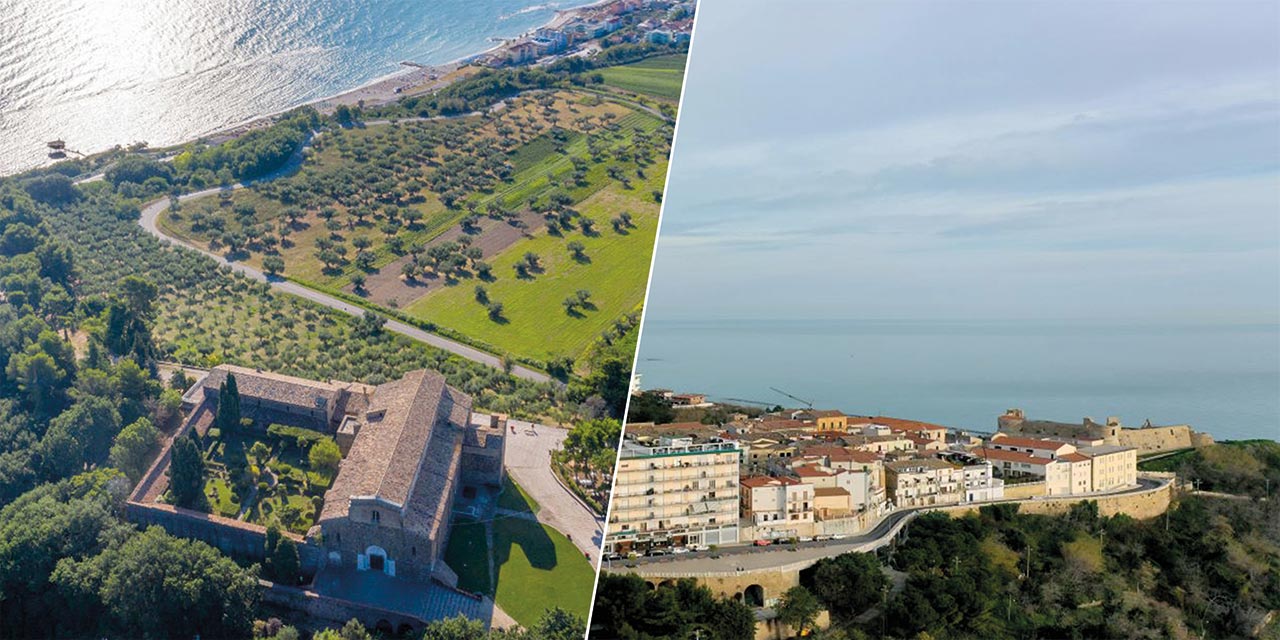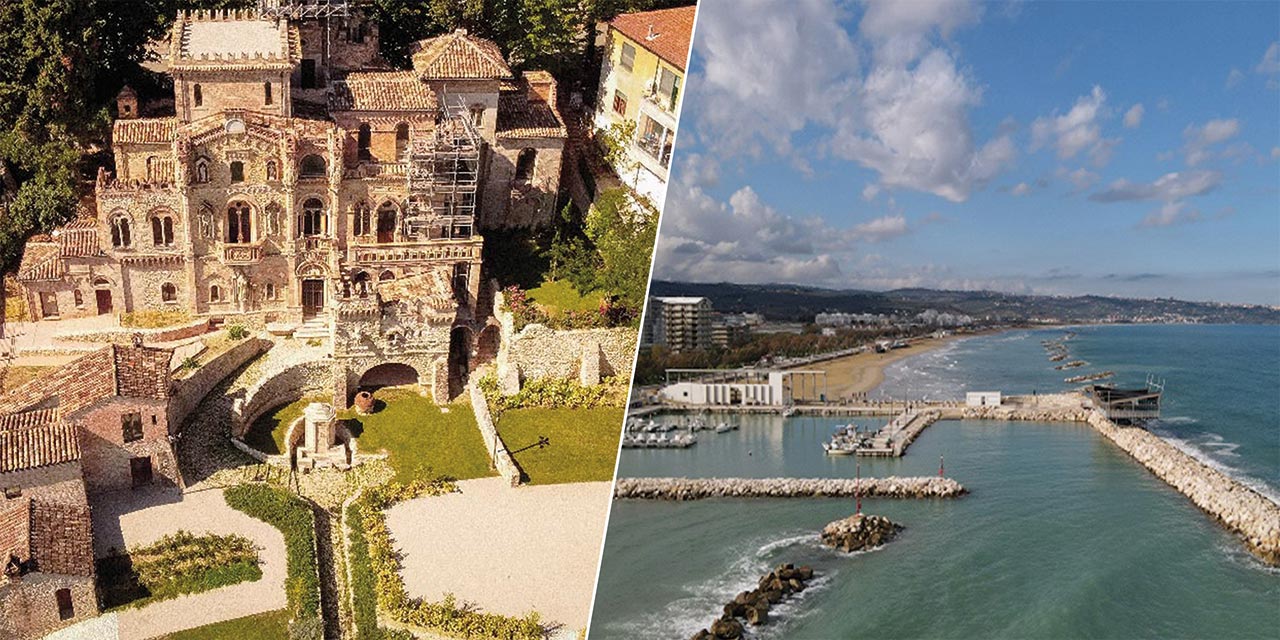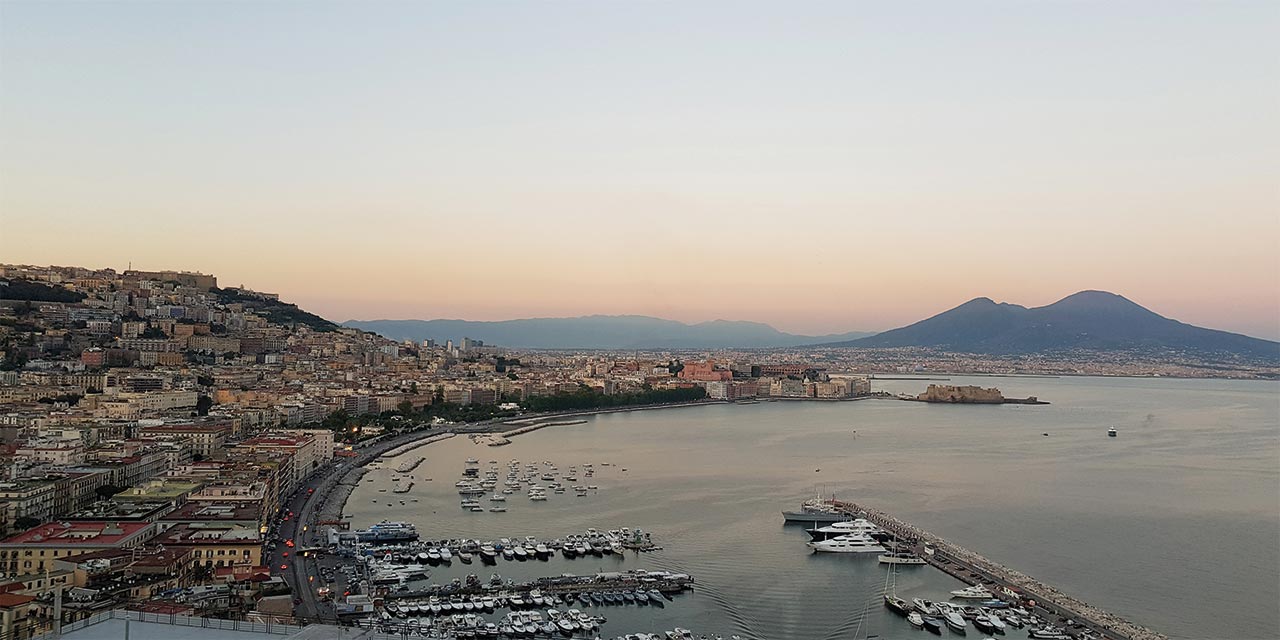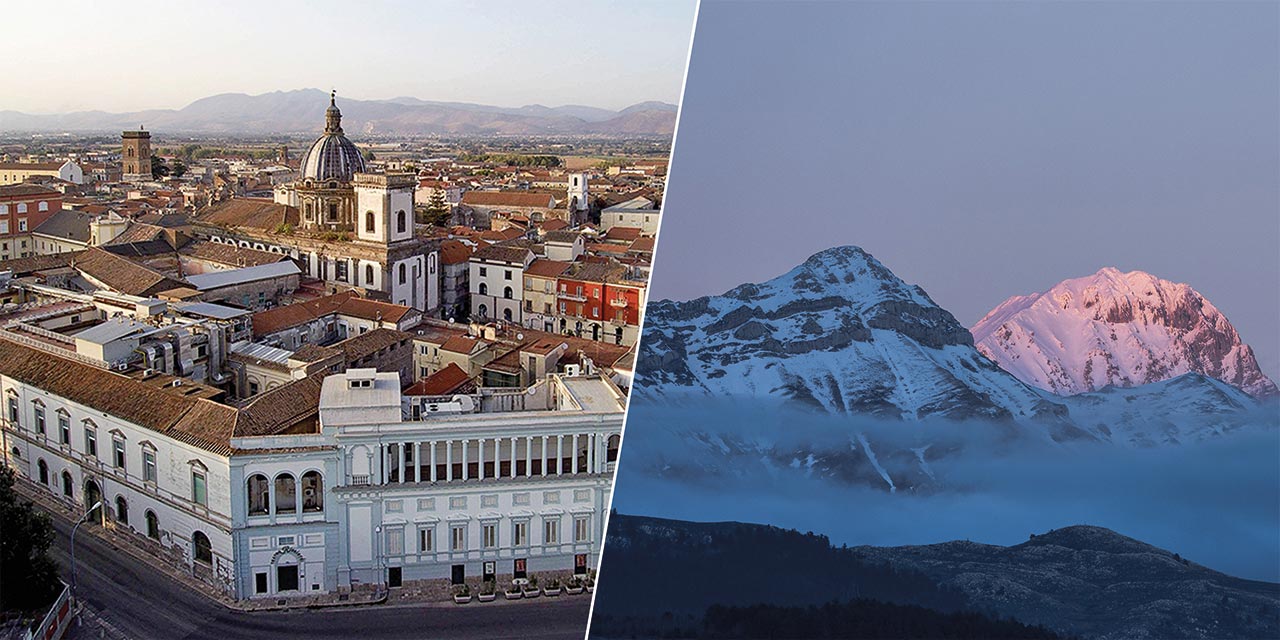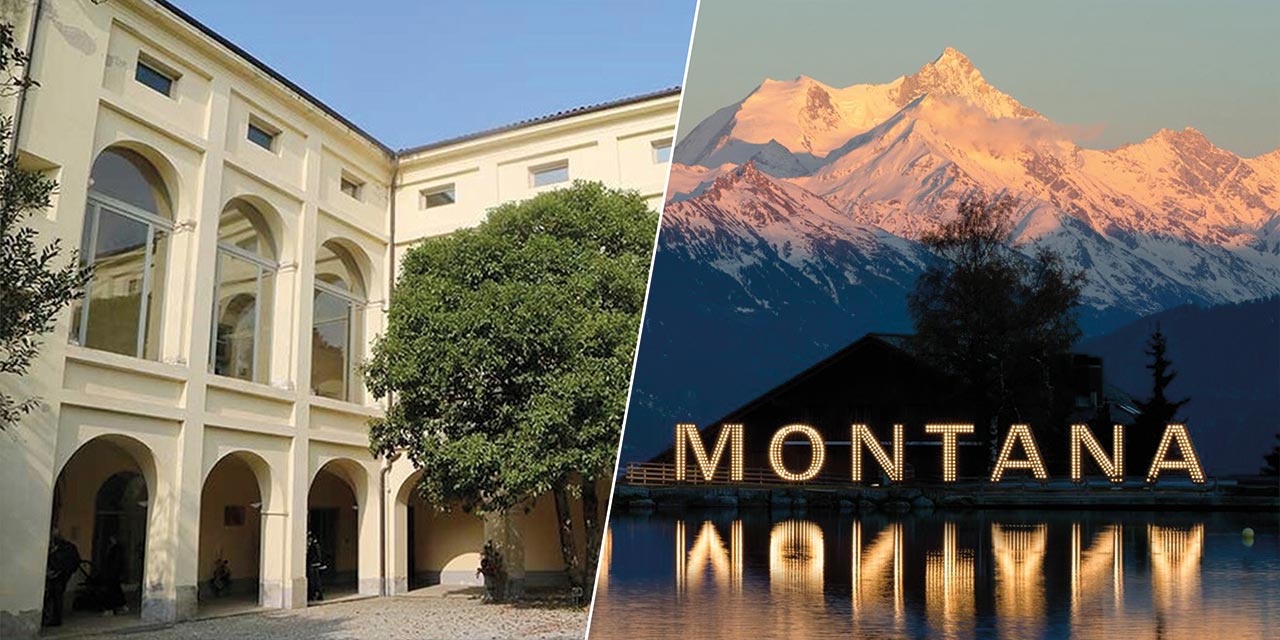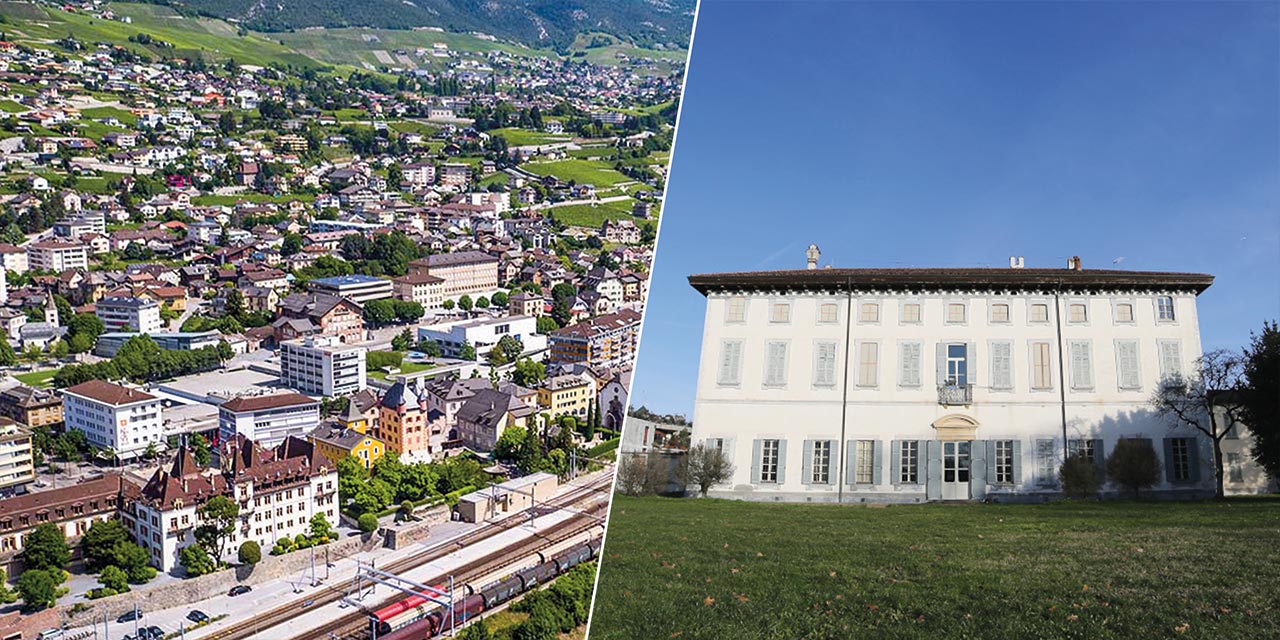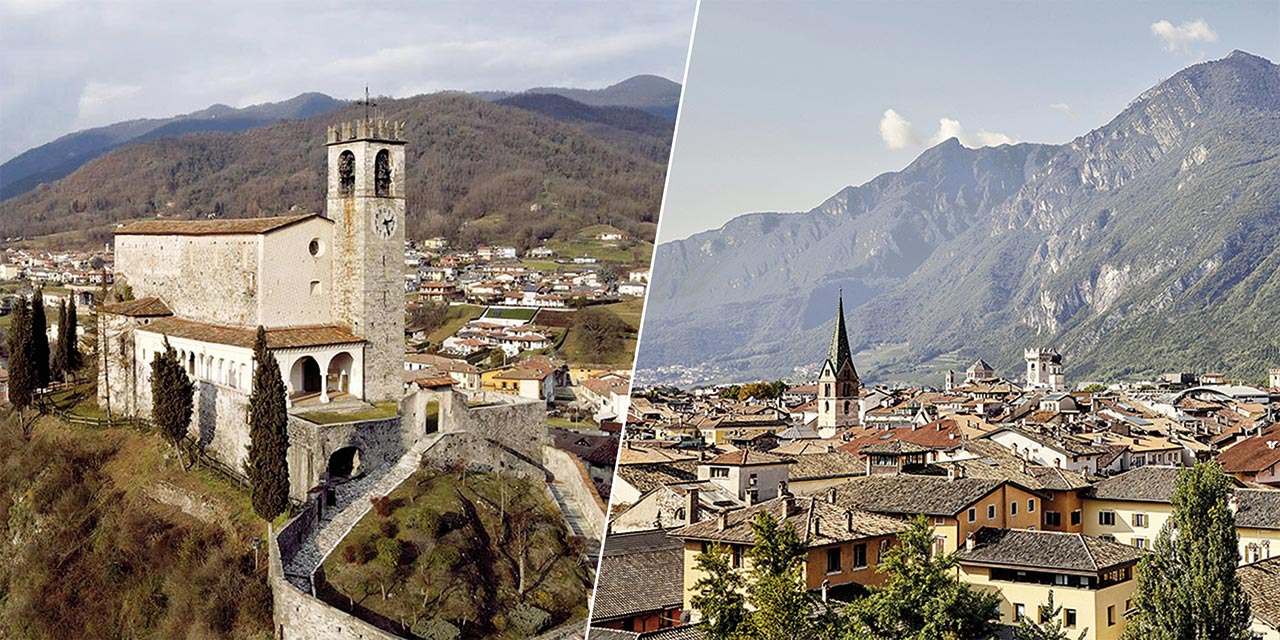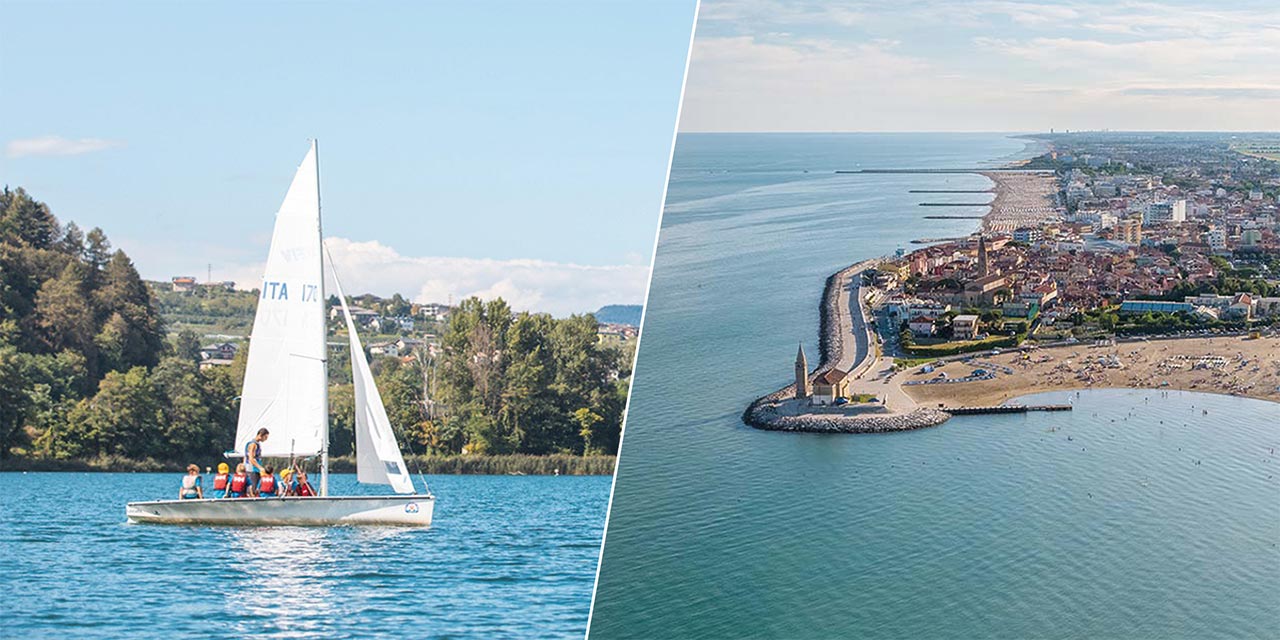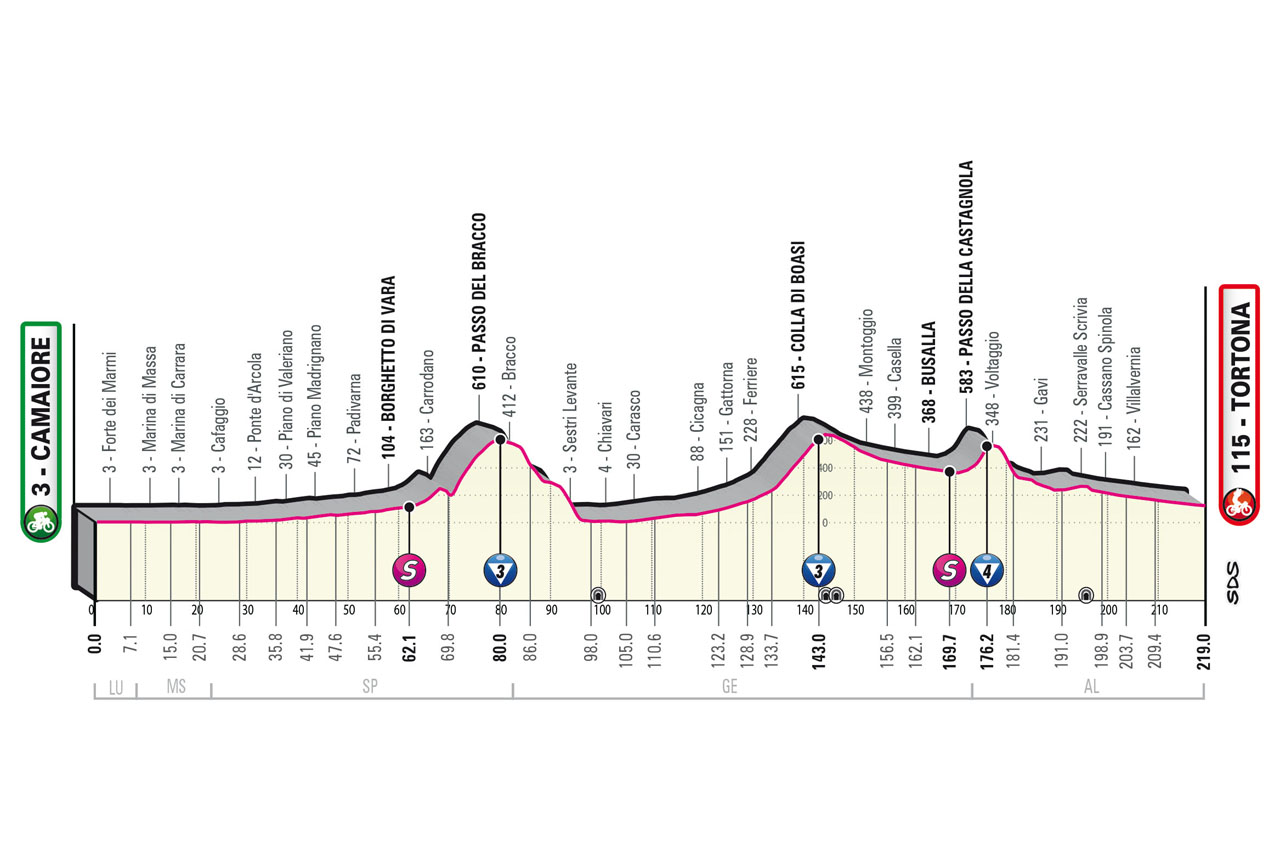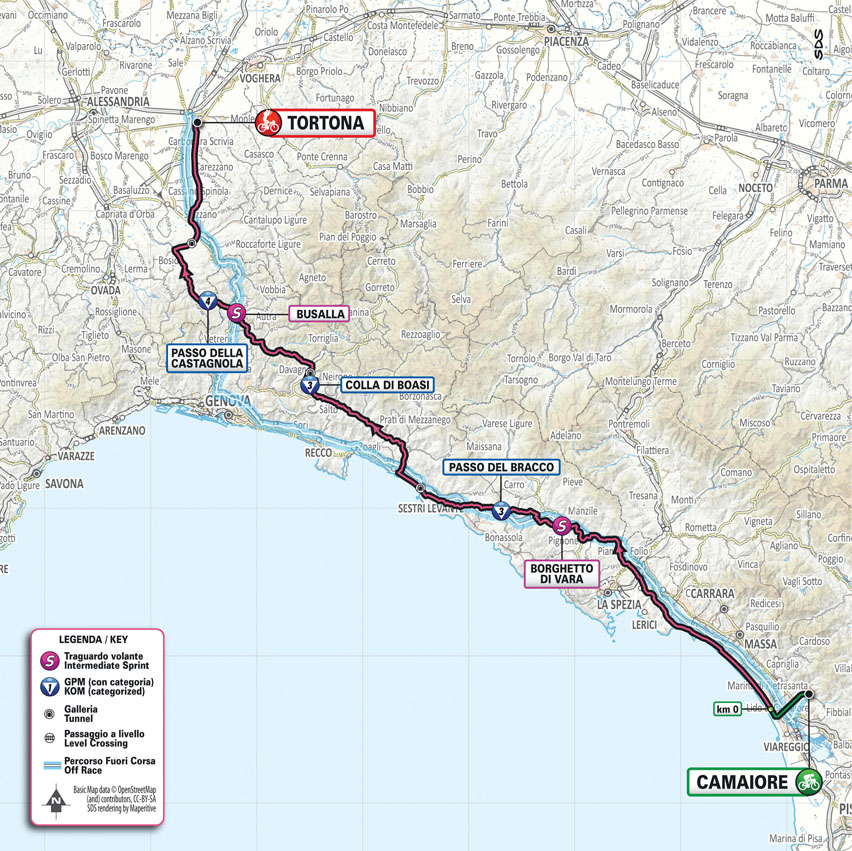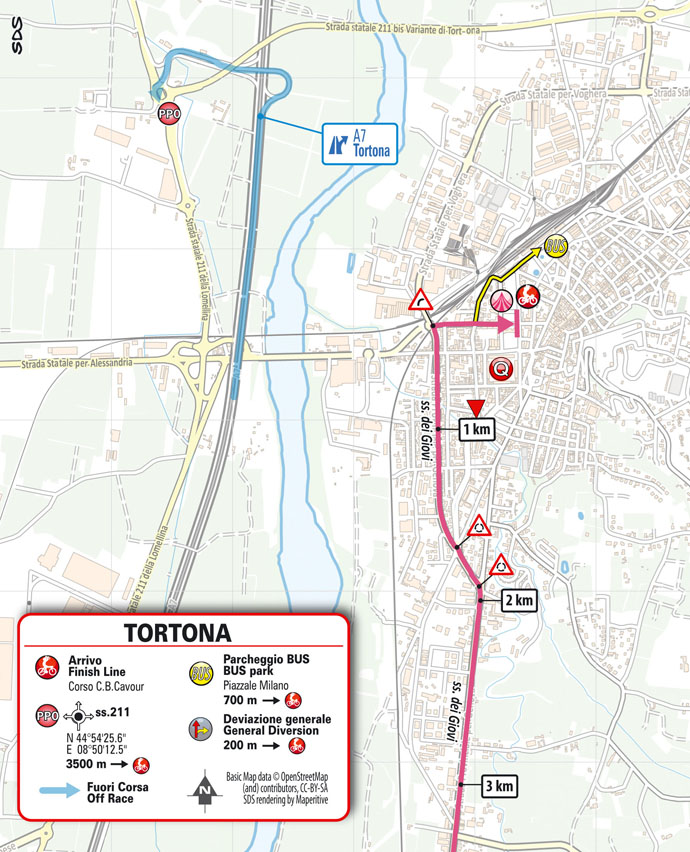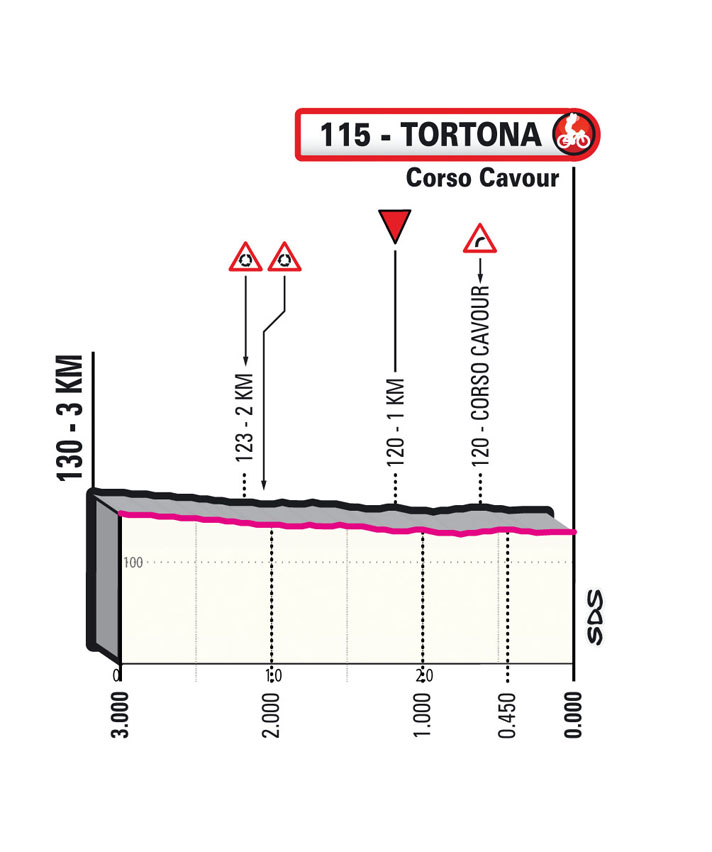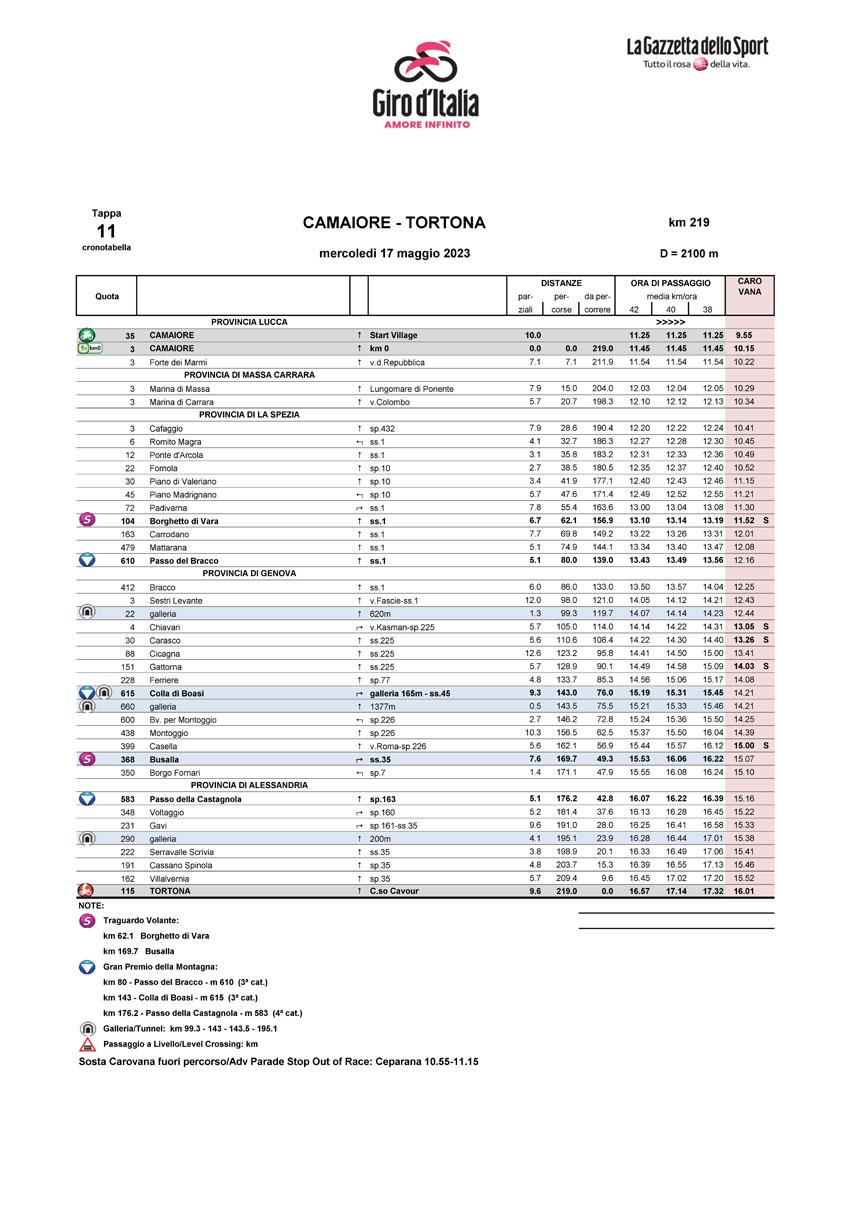profile
map
technical info
At 219 km, this is the longest stage of the Giro. Flat at first, the route reaches the province of La Spezia and crosses the Ligurian Apennines through the Passo del Bracco and the Colla di Boasi. The roads are wavy and curving, and mostly narrow. The route travels across the valley, entering the plain around Alessandria via the Passo della Castagnola. The roads are wide and straight over the last 30 km, with some roundabouts and other traffic obstacles along the way.
Final kilometres
The final kilometres are essentially straight, with just a few roundabouts along the route. There is one last bend (on a roundabout) approx. 500 m before the finish. The home straight is 450 m long, on 8 m wide tarmac road.
start / finish
final kilometres
itinerary timetable
tourist info
Host city:
Camaiore
Overview
Camaiore is a nonpareil territory: nestled in the heart of Versilia, it’s one of the few Italian territories that can boast of splendid hillsides, framed by the majesty of the Apuan Alps, and of the horizon that gets lost and plunges into the Tyrrhenian Sea, drawing a breathtaking postcard.
The history of Camaiore has its roots in prehistoric times, as evidenced by the archaeological sites of Grotta all’Onda and Candalla. In medieval times, Camaiore had a crucial importance as a hub on the Via Francigena for the many pilgrims who found refreshment in the Badia S.S. Peter and Paul, still today a splendid example of Romanesque architecture. The city was surrounded by a wall – their remains can now be admired in the renovated Piazza XXIX Maggio, the beating heart of the city – and preserves, in the Historic Centre, the centuries-old symmetrical division into districts.
The twenty-three hillside villages crown the chief town, Camaiore. Then the territory develops towards the sea, meeting the city of Capezzano Pianore, specialized in the agricultural production of horticultural and flower crops. Finally, Lido di Camaiore represents one of the most important coasts of Versilia, where summer tourism reaches very high levels in terms of offer and quality.
Food
Camaiore is also a land of flavours, perhaps the most authentic and identifying of all Versilia’s cities: throughout the territory, food-and-wine reigns, offering experiential activities that represent part of its most important distinctive features.
A salty pie to try is undoubtedly the Scarpaccia. A particular name, almost funny, referring to the fact that, once cooked, the final product takes the appearance of an old shoe sole. Reference, however, not suitable for the taste: very tasty dish, it is based on courgettes and courgette flowers, whose scents are clear, not covered by a simple mixture of onion, water, flour, salt, pepper and oil. It’s perfect as an appetizer or as a picnic snack and it remains delicious even when cold, earning the label of Queen of Camaiore’s street food.
Also the historic Torta di Pepe, or “Torta co’ pizzi”, is absolutely characteristic: a pastry made with water, flour, eggs and salt is placed on a round baking tin and then filled with a mixture made with rice, chard, parsley, pecorino cheese, eggs, salt and pepper. It is necessary that the dough protrudes from the baking tin by (at least) two fingers, so as to be able to create the so-called “pizzi”: small “pyramids” of dough folded on itself that surround the entire cake. After having completed it with a sprinkling of pecorino cheese and having cooked it in a very hot oven for about 3-4 hours, it will be a true explosion of flavor in the mouth.
But the real characteristic dish of Camaiore are certainly the Tordelli. It is of course the most typical meal of Versilia, which was consumed by farmers’ families in peasant houses only on special occasions. That preparation is rooted in the territory, handed down from generation to generation, which over time has undergone various variations while maintaining unchanged the veracity of the taste. A minced of beef and pork, together with bread softened in broth, parmesan and pecorino chees, nutmeg, parsley and the inevitable “peporino” (i.e. thyme), create a filling of the traditional “tordelli” of fresh pasta. They must be seasoned with a good meat sauce and finished with a sprinkling of cheese directly on the plate. An unforgettable flavor. The true flavor of Camaiore served at the table.
Points of interest
Camaiore is a territory that has a vast tourist-cultural offer. The potential for a tourist is immense: in a few minutes by car, he can pass through the wonders of the hills, organized for footpath activities – included in the Francigena and Camaiore Antiqua routes -, trekking and climbing – currently a very popular practice, of which the Camaiore is one of the major Italian stages -, to arrive, passing from the green countryside, to the crystalline water of the sea, embellished by hundreds of bathing establishments, organized for each activity, and by the many clubs where you can spend the summer days.
The spearhead of the Lido coast is the “Bellavista Vittoria” jetty, which, with its 300-metre promenade on the sea, is a must for the citizens and the thousands of customers that come every year. Moving slightly to the north-east, there is the Bussoladomani Park, a historic area where, starting from 60s, stood the legendary Sergio Bernardini’s big tent, where internationally renowned artists sang and played throughout its decennial activity: it can boast of having welcomed Mina’s last public concert. After years of silence, now Bussoladomani has returned to play: presently it’s home of La Prima Estate, the flagship event of the musical season worldwide.
Heading inland, Camaiore is home of many events that promote local and territorial excellence. From “È la Via dell’Orto”, a two-day spring event in which are told local traditions related to the agri-food and food sector, to the centuries-old All Saints Fair (November 1 and 2), passing through the Pic Festival, an October fair to homage spicy flavors in collaboration with the National Academy of Peperoncino, and the fair-market dedicated to vintage and antiques things from the past, “Follie di Ferragosto”. From a historical point of view, events such as Corpus Domini take on a central role: a religious event which in Camaiore has taken on an absolute folkloric trait, thanks to the mastery of the “tappetari”, “carpet makers” who, every year, work in the night before the Solemnity creating real squares, all along the very central Via Vittorio Emanuele, with the sole use of colored wood sawdust. Of the same traditional importance is the appointment with the Processione di Gesù Morto, an event that every three years, on the Friday before the Easter, light up the Historic Center, during the evening, with thousands of oil lamps (the “cincindellori”) and helping to create a unique, magical, almost supernatural atmosphere.
Then going up towards the hilly areas, can be visited the hamlets of Monteggiori – a medieval citadel that preserves a fascinating thousand-year-old beauty -, and Casoli – a characteristic village that finds its own peculiarity, apart of the nearby Candalla waterfalls, in the wonderful Sgraffiti, ancient wall decoration technique deriving from the fresco on plaster, which embellish the town making it a unique pearl of its kind. It’s a stage of studies for hundreds of artists: the painter and sculptor Rosario Murabito fell in love with this village, until the decision to move there with his wife Grace Albert. But, in any case, each hamlet has unique characteristics that are worth experiencing and discovering.
Camaiore is a true land of colors and traditions, rich in history that lives on in the events and places and whose beauty transpires, with perpetual and bewitching strength, in every village and in every corner of every street.
Tortona
Overview
The foundation of the Roman colony Dertona dates back to the period when the Romans declared war on Celtic-Liguria between 123 B.C and 118 B.C.. Between 40 and 30 B.C. this area was again colonized by the Romans and was named Iulia Augusta Dertona.
Tortona is an Italian town in the Province of Alessandria, Piemonte, with 26,543 inhabitants, located on the right bank of the Scrivia stream between the plain and the hilly offshoots of the Ligurian Apennines, a few km away from the border with Lombardy.
When you arrive in Tortona, the first two images that well symbolize Tortona and its history are the bell tower of the Sanctuary of the Madonna della Guardia on which stands the golden statue of the Virgin and the ruins of the castle tower that stands out on Colle Vittorio. In the 1801 Napoleon ordered the destruction of many fortresses in Piedmont. The same fate befell the fortress of Tortona; the last bulwarks were destroyed in 1805, with the exception of the Bell Tower, which became the symbol of the town.
Food
Among the most exclusive products of the area we mention the S. Pastore ancient wheat bread, the “Nobile del Giarolo” salami, the “Montebore” cheese in the shape of a wedding cake, the Tortona strawberry, the Volpedo peaches, the Garbagna cherry, and among the typical Tortonese dishes the “Anlot” or “Agnolotti” are served with the sauce that was used to make the filling; they can also be eaten in a clear soup or broth. However, the true anlot-lovers prefer to eat them “drowned” in Barbera wine.
“Pasta all’Ajà”, a typical dish exclusive to the Tortonese area and consists of a sauce made by grinding walnut kernels in a mortar with butter and a lot of garlic which is then poured over the homemade tagliatelle. Before pouring the sauce over the pasta you must add a few tablespoons of the water used to boil the pasta Homemade tagliatelle, seasoned with a sauce obtained by pounding walnuts, garlic and butter in a mortar. In the autumn seasons, to enrich the dishes on the table, there is no shortage of mushrooms and black and white truffles.
“Baci di Dama” are a product of the pastry-making art of the Tortona area. These biscuits are characterised by a fragrance and delicacy that is unique. The original recipe, originating only in Tortona, requires the use of almonds, an ingredient hard to find and more expensive than hazelnuts. This is one of the factors that distinguishes the production of these Baci; this is also a sign of the refined quality desired by the pastry cooks of Tortona.
Wine and beverage
As for the local wines
WHITE WINES: “Timorasso” wine, one of the most renowned full-bodied white wines on a national and international scale. D.O.C product derived from the native wines of the Tortona hills, of an intense golden yellow color, with a high alcohol content, ideal to accompany important main courses of meat and even fish, and as an aperitif combined with tasty cheeses, such as our Montebore, or cured meats such as our Salame Nobile del Giarolo.
“Cortese” vine is easily cultivated on particular lands, where the climate is not too wet. This wine can be drunk young or after a short aging. It can also become a good sparkling wine. Colour light straw-yellow, with greenish reflections; aroma delicate, pleasant, persistent, with a slight fruity aroma.
RED WINES: Among the red wines, the “Barbera D.O.C dei Colli Tortonesi” is ruby red in colour, tending towards garnet and with intense aromas. Ideal for game-based dishes, stewed red meats, and stuffed pasta first courses such as our Agnolotti.
“Dolcetto” is a precocious wine; it is ready to drink in the spring following the grape harvest. With aging it becomes a high quality wine. Colour ruby red, with purple reflections more or less evident, but quite intense. Aroma distinctive, with a pleasant winy taste, sometimes also fruity;
“Croatina” vine is easily cultivated on calcareous-clayey soil, with scarce humidity and a good exposition to sun. Colour red with different shades, from pure red to intense ruby red.
Points of Interest
Our ideal path starts from the town centre, piazza del Duomo, facing onto the Via Emilia, that has always been the principal hub for travel of the town and that is partially identified with the ancient Roman “Cardo”. Here is the Cathedral, dedicated to Santa Maria Assunta and San Lorenzo. On the sides of Piazza Duomo, the “Bishop’s Palace”, in whose rooms the precious triptych by Macrino d’Alba (1499) is visible, and the Palazzetto Medievale, where “Il Divisionismo” is located, “Pinacoteca” of the Cassa di Risparmio di Tortona Foundation, which houses works by Pellizza da Volpedo and other famous painters of this artistic school.
Piazza Duomo opens onto the Via Emilia, the ancient Via Æmilia Scauri, the main road axis of the city, partially identifiable with the “cardo” of the ancient Roman “Derthona”; in a southerly direction its arcades (1846) and in a northerly direction you come across the Civic Tower, “Palazzo Guidobono”, seat of the Archaeological Museum, the church of San Matteo (1134) in which there is a panel dedicated to the Madonna and Child, attributed to Barnaba da Modena around 1370.
In the adjacent streets is the oldest church in the city, “Santa Maria dei Canali” (1040), among the paintings present, a nativity of Jesus attributed to a Lombard painter influenced by Leonardo da Vinci and the church of San Giacomo, a bright example of late Baroque style.
Continuing northwards on the Via Emilia, you can visit the “Orsi Museum”, dedicated to the agricultural machinery of the company of the same name, which excelled in Italy until the 1960s and a few steps further on, the remains of ancient Roman tombs and the Holy Cross dating back to the XII.
The Tortona hills and small villages offer unforgettable landscapes and numerous paths for walking, hiking, trekking and mountain biking.











